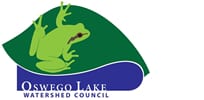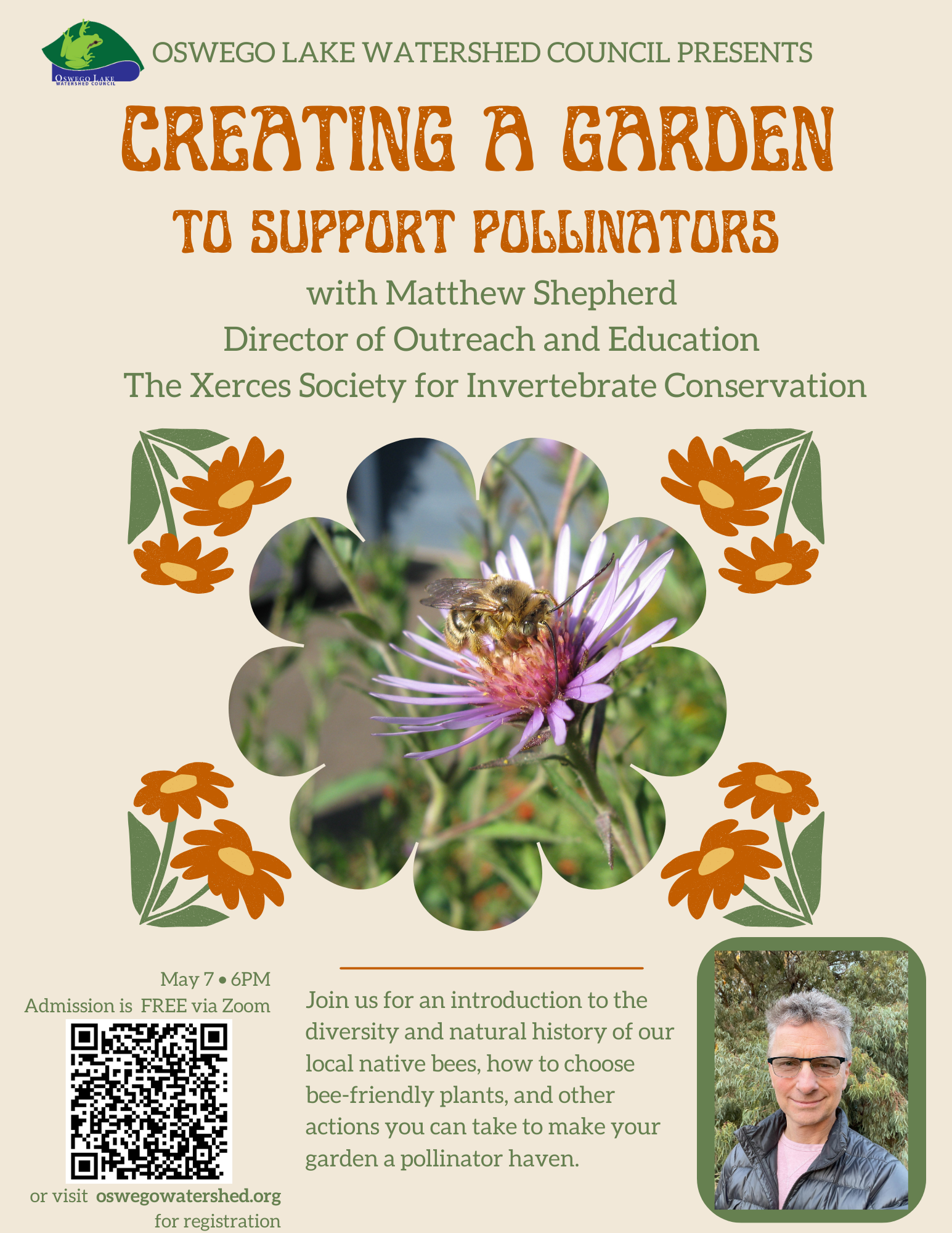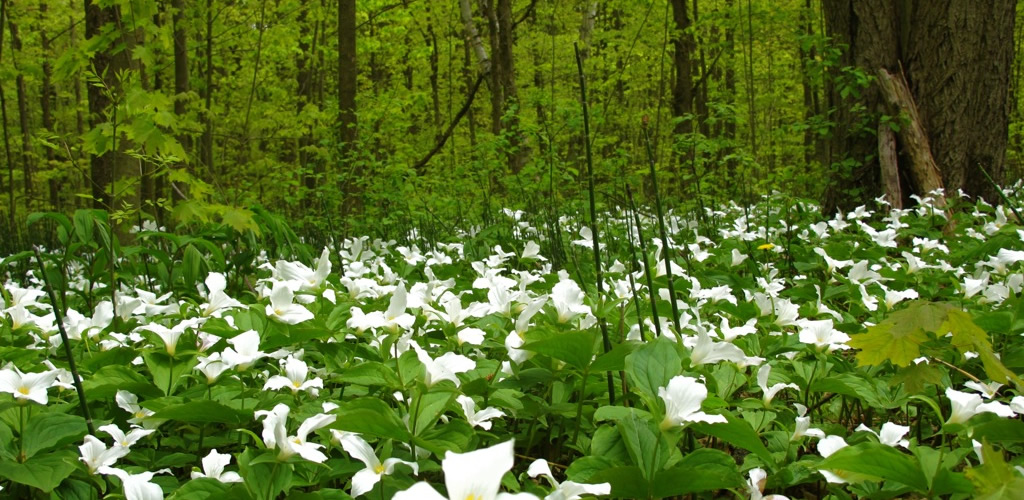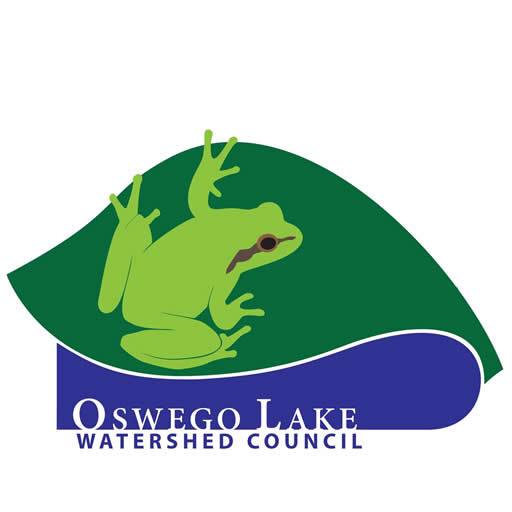Oswego Lake Watershed Council
The mission of the Oswego Lake Watershed Council is to foster stewardship, education, participation, and financial support for the purpose of the conservation, restoration, enhancement, and maintenance of watershed functions that achieve and sustain a healthy watershed.
May Events
May 7, 2024
Plants are wonderful. A garden wouldn’t be a garden without them. But if you want a garden that can support bees and other pollinators you need to support their entire life cycle, and that means going beyond just plants. Join us for an introduction to the diversity and natural history of our local native bees, how to choose bee-friendly plants, and other actions you can take to make your garden a pollinator haven.
Matthew Shepherd has spent thirty-five years working with people from all walks of life to create better places for wildlife. He works for the Xerces Society for Invertebrate Conservation and in the last two decades has helped build pollinator conservation from an obscure issue to a topic of dinner-table conversation and wide engagement. Matthew is author or coauthor of numerous articles and other publications, including Attracting Native Pollinators (Storey Publishing, 2011) and Gardening for Butterflies (Timber Press, 2016). He learned gardening at his mother’s side and has created and maintained wildlife gardens everywhere he has lived.
May 11, 2024
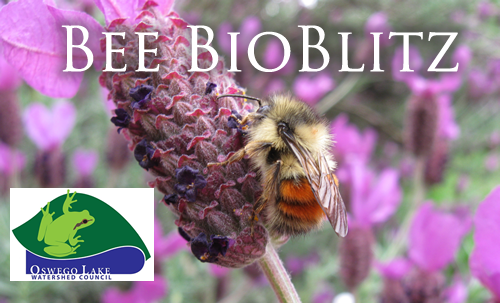
Oswego Lake Watershed Council is sponsoring a Bee BioBlitz to identify as many pollinators in our community as possible over a three hour period from 9:00 am to noon on May 11, 2024.
We will be using iNaturalist to organize and help identify bees and other insects or animals that are found on flowers during the BioBlitz. No prior knowledge is required. A smartphone is helpful but you can also upload photos via a computer later if you are using a different type of camera.
Plans for the morning:
- Meet at the outdoor classroom at Lake Oswego High School at 9:00
- Get instructions and form groups to canvas an area – you pick where you want to go
- Spend the next 2 ½ hours looking for flowers with bees with your group
- Return to the outdoor classroom to share your best finds
Please register so we can inform you of any changes and share the results with you:
Check out the recording for This IS Kalapuyan Land, a virtual talk with Steph Littlebird, an indigenous writer and artist, and curator of a physical and online history, culture, and land acknowledgment exhibition of the Kalapuyan peoples. The recording includes Steph’s process of annotating panels from the museum’s prior exhibit on Kalapuyan peoples and curating contemporary Native artwork into the exhibition.
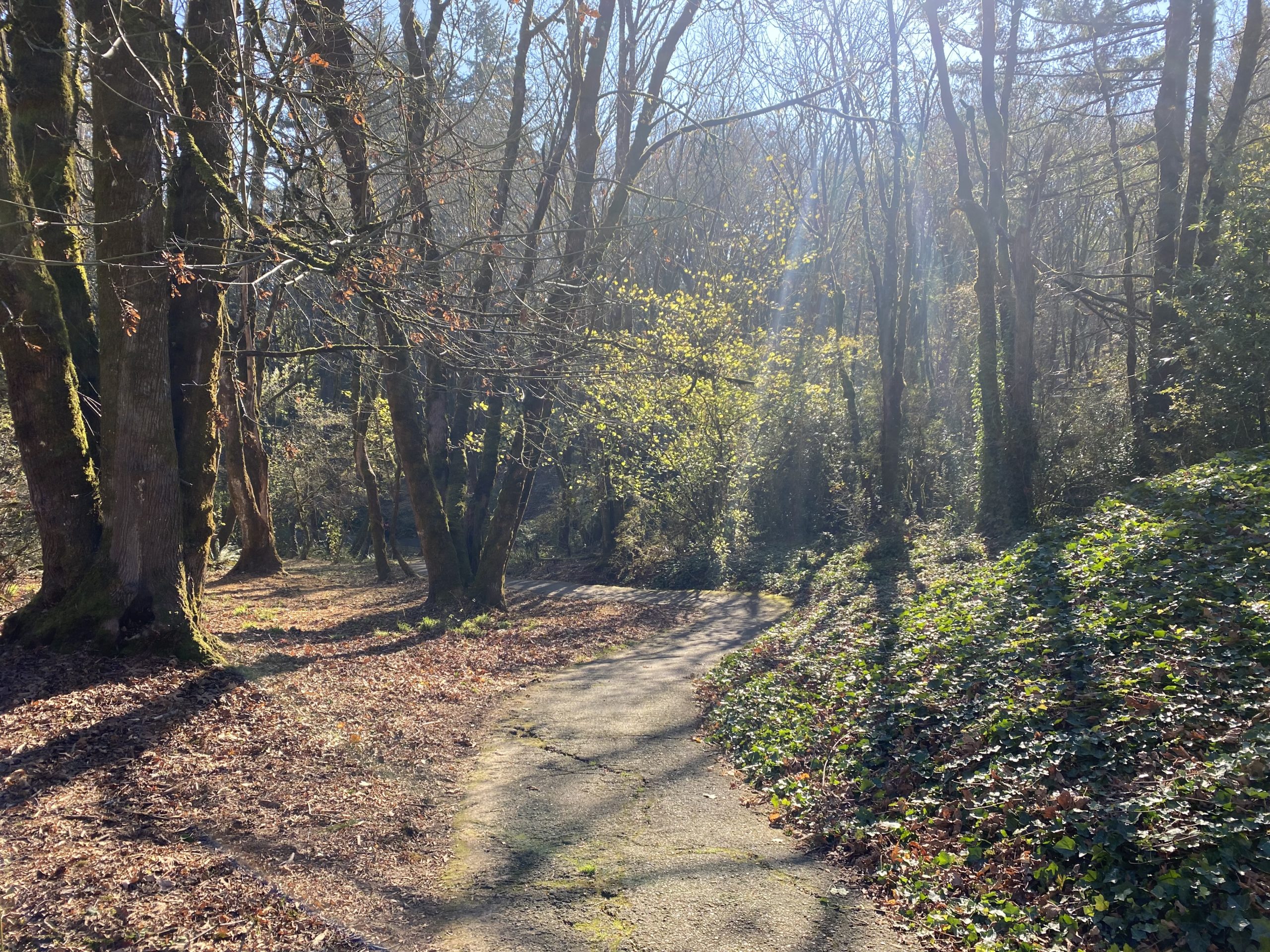
Weed of the Month: Garlic Mustard
Garlic mustard (Alliaria petiolata) is an increasingly invasive weed in our community. Native to central and western Europe, this fast-growing plant commonly invades sites such as parks, trails, roadsides, and streamsides. April is a great time to manage this important invasive weed on your property.
Sometimes referred to as Jack-by-the-hedge, garlic mustard is easily identified by crushing its leaves. When crushed, the leaves generally give off a strong garlic scent. While it is true that this weed is edible, it is generally avoided by most grazing animals. Adult plants form dense patches up to 3 feet in height at maturity. The plant produces white four-petaled flowers in the spring and has kidney-shaped, deeply scalloped leaves. It can grow in full sun to full shade, making it very adaptable to wherever its seed may land.
2024 Local Native Plant Sales
Whether you’re planting or planning, good things to know!
Click on the image above to find local sources of native plants, including local plant sales, as well as retail, wholesale and native plant seed suppliers.
For more resources including what plants to use for different conditions (sunny & dry, shady & wet, etc.), you may want to also look HERE.
